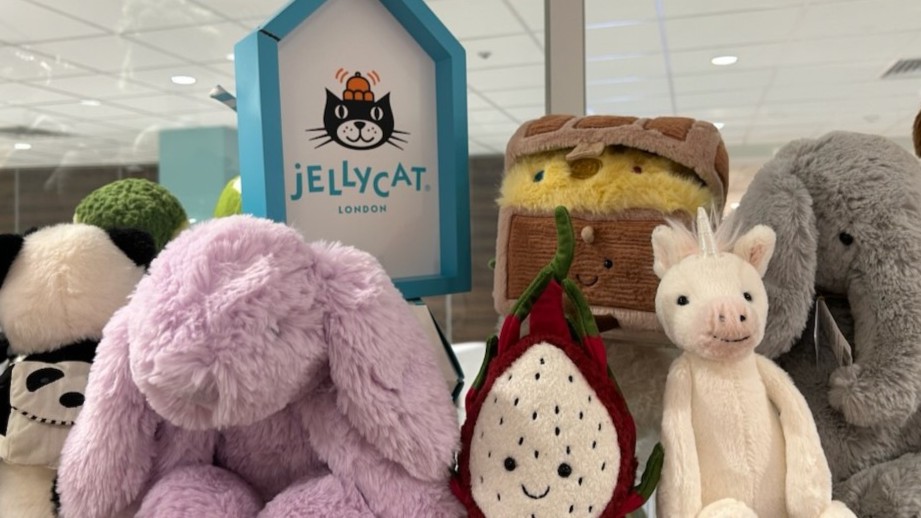Even One Preventable Harm Is Too Many
October 6, 2025Every day at GBMC, we embrace a key principle of high-reliability organizations: preoccupation with failure. That means we assume mistakes can happen, so we actively look for the earliest warning signs, even the small ones. We do this because when it comes to patient safety, even one preventable harm is one too many.
To understand the scale of the problem nationally, consider this: diagnostic errors alone are linked to more than 795,000 serious harms, including permanent disability and death, each year in U.S. healthcare settings. And broader estimates show that tens of thousands of hospital deaths annually are preventable.
These aren’t just statistics. They represent real people, families, and lives forever changed. That’s why we set the bar at zero harm. Not because perfection is easy, but because every patient, every time matters.
W. Edwards Deming, known as the father of quality improvement, once said: “In God we trust; all others bring data.” It's a memorable way to underscore a serious point. At GBMC, we rely on evidence, standard processes, and consistent practice because that’s how we deliver safe, reliable care.
What Zero Harm Looks Like at GBMC
Our culture of continuous improvement is powered by the Lean Management System (LMS). It helps teams solve problems with a simple, structured approach:
- Prove the problem with data – we don’t guess
- Understand the current state – we observe and learn
- Design the ideal future – based on best practices
- Standardize and sustain – so improvement sticks
I’ve already seen incredible examples of this in action:
- Pharmacy & Omnicell Optimization: Nurses can’t deliver care if needed medications aren’t available. Our pharmacy team reviewed unit-by-unit data to ensure essential medications are stocked in the Omnicell automated medication dispensing system, so meds are there when patients need them.
- Unit 38 & Pressure Injury Prevention: By analyzing safety data, the team improved early wound detection. Now, using a “4 Eyes” approach, two team members conduct a full skin assessment within four hours of admission, helping prevent hospital-acquired pressure injuries (HAPI) before they begin.
- Materials Management & Kanban System: When supplies are missing or misplaced, care is delayed. Our team redesigned supply rooms and introduced a just-in-time replenishment system, so clinicians always have what they need, when they need it.
Also, I recently joined the urogynecology and endoscopy teams for executive health assessments. Great work was done by both teams to ensure patients are ready for appointments and procedures. What great examples of staying proactive, consistent, and focused on delivering safe care every time.
A Moment of Joy
On a lighter note, my kids are obsessed with Jellycats. Those irresistibly soft plush animals happen to be sold at The Corner Shop, GBMC’s charming gift shop. Every week, I text the kids pictures of the newest arrivals so they can pick their favorites. The shop, run by our amazing Volunteer Auxiliary, supports patient care – and brings our aim of “more joy” into my home too!

COMMENTS
**Shannon Morgan commented on 10/8/25 at 2:11:**
This is a very informative blog. When you pair a number to the incidents (795,000!!!), it's hard to ignore how many people are seriously harmed because of diagnostic error. I do believe that humanizing the problem will bring heart and humanity to the problem because as you stated, these are "real people, families, and lives forever changed"
Thanks for sharing the Jellycats! My daughters love stuffed animals. Their birthdays are in less than two weeks. So, what a perfect gift!
**Dr. Gopalakrishnan replied:**
Thank you Shannon! I know we can get to Zero Harm if we all focus on it. Good luck finding the right Jelleycats for the kiddos.
**Teresia Holt commented on 10/7/25 at 11:37:**
Good signs give direction when no one around everyone does understand the zones. Better signs are needed in areas near the information desk by the gift shop. thanks
**Dr. Gopalakrishnan replied:**
Thanks for the feedback Teresia. I will forward this along to our facilities folks.
**Dorian Thomas commented on 10/7/25 at 9:17:**
I was just having a discussion about this in my business ethics class! I believe zero harm is possible and healthcare organizations are the primary place where maximum effort should be put forth to achieve it. I also love Jellycats! I got a sneak peek of one of the Christmas ones and I can't wait!
**Dr. Gopalakrishnan replied:**
We have to be pre-occupied with failure & I strongly believe Zero Harm is possible. My kids are very excited about the Christmas ones as well! Thanks for the comment Dorian.

